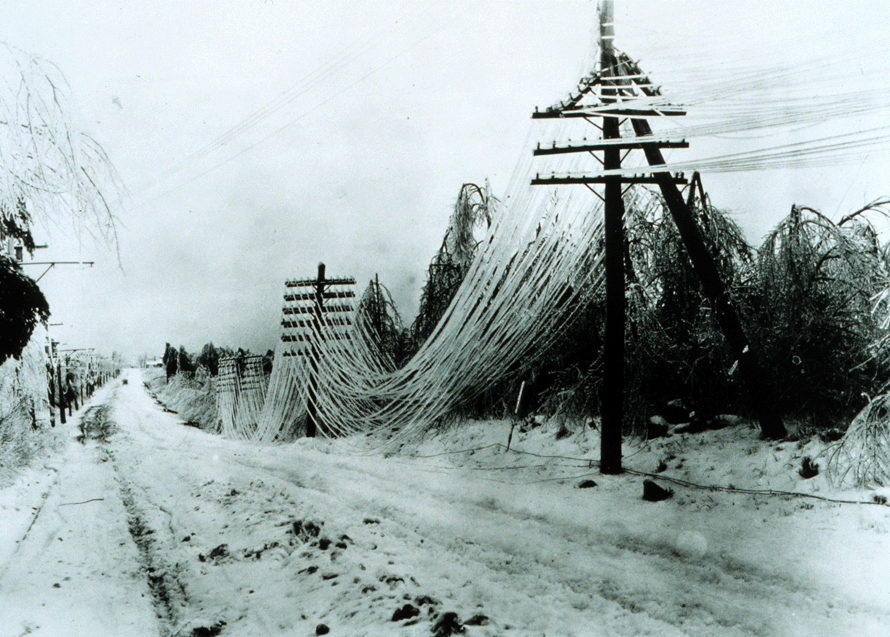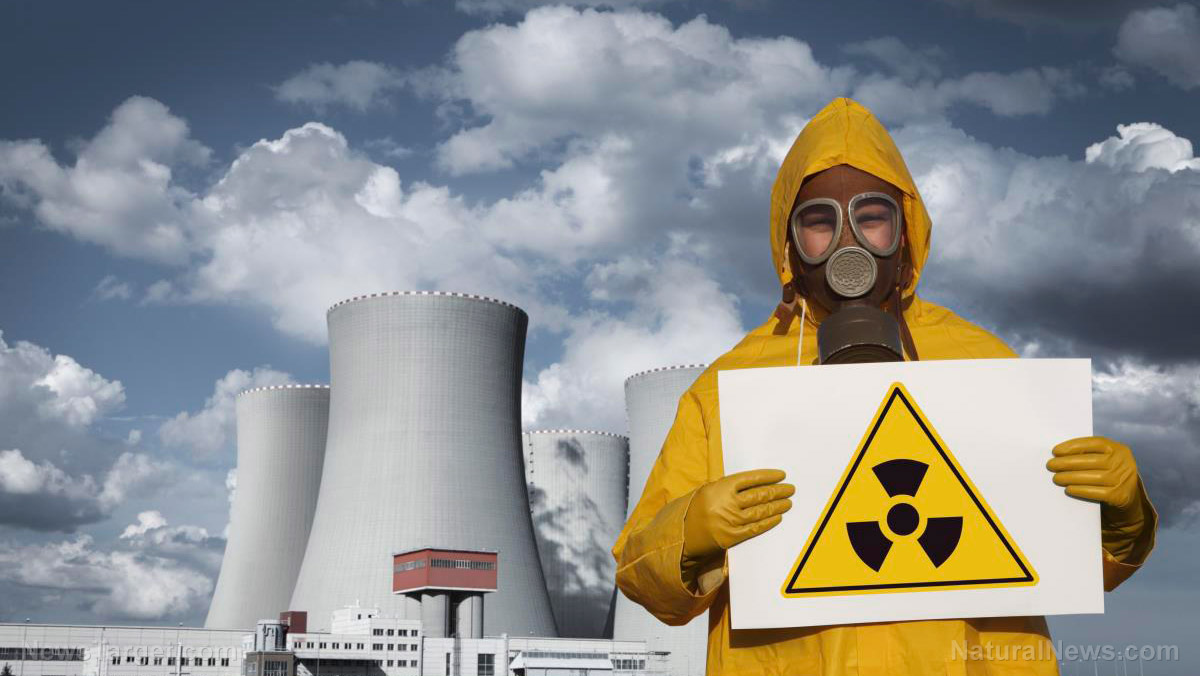U.S. Military developing 7-day restoration plan if power grid destroyed by cyber attack
12/23/2015 / By usafeaturesmedia

(Cyberwar.news) Underscoring the seriousness the loss of the power grid to cyber attack represents for the country’s security, a top U.S. general has revealed that the Pentagon has developed a survival system that can restore power to much of the country within 7 days, the UK Daily Mail reports.
The plan, dubbed “Rapid Attack Detection, Isolation and Characterization,” (RADICS) was developed following a stark warning that the United States faces a growing risk of cyber attacks that would target, among other infrastructure, the nation’s power centers. That warning came from retired Army Gen. Keith Alexander, former head of U.S. Cyber Commander and director of the National Security Agency, earlier this year.
The Pentagon responded with a new program that targets security threats with the potential to destroy all U.S. power systems. But initially, the plan of action will be to focus on protecting the infrastructure necessary to the Department of Defense’s missions. Officials say RADICS is designed to help engineers restore power within a week of an attack.
“If a well-coordinated cyber attack on the nation’s power grid were to occur today, the time it would take to restore power would pose daunting national security challenges,”
John Everett, program manager for the Defense Advanced Research Projects Agency, or DARPA, told the Daily Mail.
“Beyond the severe domestic impacts, including economic and human costs, prolonged disruption of the grid would hamper military mobilization and logistics, impairing the government’s ability to project force or pursue solutions to international crises,” he added.
The Daily Mail reported further:
An early warning capability for power suppliers could prevent an attack entirely or blunt its effects, such as damage to equipment.
One of the aims of RADICS is to develop detection systems with high sensitivity and low false positive rates, by studying exactly how power grid’s dynamics.
RADICS also calls for the design of a secure emergency network that could connect power suppliers in the moments after an attack.
“Isolating affected utilities from the Internet would enable recovery efforts to proceed without adversary surveillance and interference,” said Everett. “Providing an alternative means for online coordination would enable a more orderly restoration of power among affected organizations.”
And finally, RADICS will develop systems that are able to localize and characterize malicious software.
“The greatest risk is a catastrophic attack on the energy infrastructure. We are not prepared for that,” Alexander said earlier this year. He added that a worst-case scenario would involve hackers simultaneously targeting oil refineries, the electric grid and power stations, as well as the country’s financial sector.
Other cyber security experts have warned that additional systems like hydroelectric dams and air traffic control could be targeted as well.
“We need something like an integrated air-defense system for the whole energy sector,” Alexander said.
Analysts have predicted that wide-scale loss of electric power would lead nearly instantly to mass social chaos, or “cybergeddon,” and that the chaos would intensify if the power outages were prolonged.
- Click here to ‘like’ Cyberwar.news on Facebook, and get access to exclusive content! Also, sign up below for our daily email newsletter and never miss another story!
See also:
Tagged Under:




















